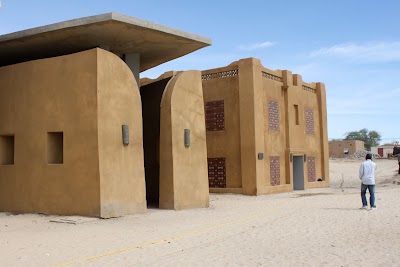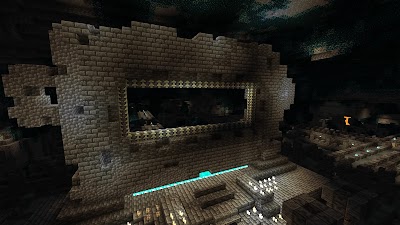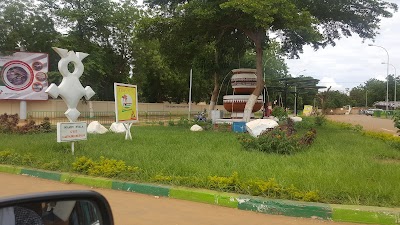Timberlake of Timbuktu (بحيرة تيمبكتو)
Overview
**Timberlake of Timbuktu**: a name that conjures images of vast deserts, ancient trade routes, and a rich tapestry of history. Nestled in the Taoudénit Region of Mali, this remarkable destination invites curious travelers to explore a world steeped in mystery and significance, right at the edge of the Sahara Desert.
**Historical Significance**
Timbuktu rose to global prominence between the 14th and 16th centuries as a critical hub of the trans-Saharan trade. Merchants from Africa, the Middle East, and Europe converged here, exchanging gold, salt, and invaluable manuscripts. This wealth fostered the construction of grand mosques and libraries, many of which still grace the city today. Among these historical treasures is the renowned **Sankoré University**, an Islamic institution that played a pivotal role in the dissemination of knowledge and culture during the medieval period.
**Spiritual Heritage**
The very name "Timbuktu" evokes the mystique of its legendary past. Often referred to as **"The City of 333 Saints,"** Timbuktu is imbued with spiritual significance, featuring numerous mausoleums dedicated to its revered Islamic scholars. Although many of these structures faced threats amid conflicts, dedicated efforts by the international community and local preservationists have aimed to restore and safeguard these important sites.
**Architectural Wonders**
For the intrepid traveler, the Timbuktu of today offers a plethora of experiences. Strolling through its sun-baked streets, visitors will encounter architectural marvels like the **Djinguereber Mosque** and the **Sidi Yahya Mosque**, both testaments to the city’s rich religious and architectural heritage. The striking minarets and mud-brick façades, adorned with wooden beams, create a stunning contrast against the azure sky, providing ample opportunities for picturesque memories and incredible photographs.
**Treasures of Knowledge**
No visit to Timbuktu would be complete without acknowledging its invaluable manuscripts. Estimated to number in the hundreds of thousands, these ancient texts cover diverse fields such as astronomy, medicine, history, and poetry. Many are privately held by local families who have safeguarded them for generations, while others reside in the **Ahmed Baba Institute** and other libraries undergoing meticulous restoration. For history enthusiasts and literature lovers alike, engaging with these manuscripts offers an unparalleled glimpse into the scholarly wealth of the past.
**Stunning Landscapes**
The geographical setting of Timbuktu further enhances its allure. Positioned on the edge of the Sahara Desert, the surrounding landscape captivates with its stark beauty. The rolling dunes and arid expanses create a breathtaking backdrop, perfect for exploration. Visitors can embark on camel treks or 4x4 excursions to immerse themselves in the tranquility and vastness of the desert, fostering a deeper appreciation of the resilience of the people who have thrived in this challenging environment for centuries.
**Cultural Encounters**
Cultural interactions enrich any visit to Timbuktu. The local **Tuareg people**, known for their distinctive indigo clothing and enduring traditions, offer insights into a way of life that has persisted for millennia. Tourists may have the opportunity to visit Tuareg camps, participate in traditional music and dance, and even learn about their intricate silver jewelry-making techniques.
**Resilience and Hope**
While Timbuktu has faced challenges, including political instability and security concerns, those who make the journey will find that the city’s spirit remains resilient. The ongoing efforts to rebuild and preserve its historical and cultural identity speak volumes about the determination of its people to share their heritage with the world.
In essence, **Timberlake of Timbuktu** is more than just a geographical destination; it is a confluence of history, culture, and human tenacity. For those in search of adventure and enlightenment, a trip to this legendary city promises a transformative experience, offering lessons not only in the richness of the past but also in a hopeful vision for the future. Visitors will leave with stories and memories as vibrant and enduring as the very sands of the Sahara itself.





